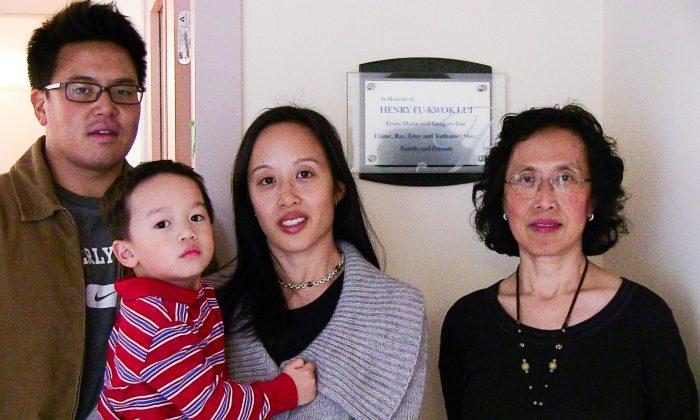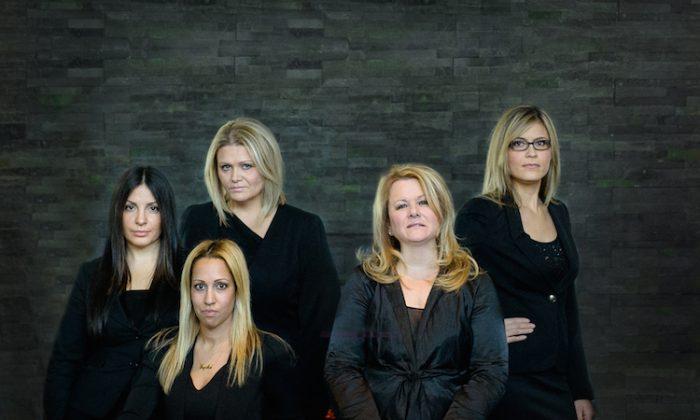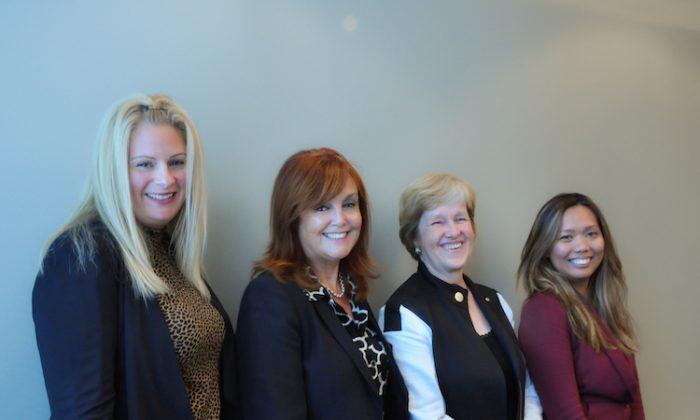Cancer is still Canada’s number one killer.
“Cancer affects everybody,” says Laura Syron, VP of Community Programs at the Princess Margaret Cancer Foundation.
“Here at the Princess Margaret we’re doing everything we can to conquer cancer. We need everyone’s support to make that dream a reality.”
Princess Margaret Cancer Centre (Princess Margaret), a hospital and research facility located in downtown Toronto, is one of the top five cancer research centres in the world.
Over 1,000 scientists at Princess Margaret are involved in cutting-edge drug development and cancer treatment research.
A good number of those scientists do translational research, splitting their time between the lab and patient treatment.
The Princess Margaret Cancer Foundation raises funds for cancer research and to provide cancer patients with access to specialized care and support above and beyond what OHIP covers.
The foundation’s Billion Dollar Challenge initiative seeks to raise $1 billion to fund a revolution in personalized cancer medicine. It sounds ambitious, but today’s cancer research is nothing short of amazing.
The initiative has four key elements: detect, diagnose, target, and support.
Detect
The importance of early detection cannot be overstated. Today, molecular imaging technology can detect tiny cancers.
Research on biomarkers—indicators of cancer that can be found in human fluids—helps to detect cancer, or indicate the effectiveness of ongoing treatment.
Genetic risk assessment is also a developing field of study.
Diagnose
“The genetic makeup of your tumour and my tumour may be very, very different,” explains Syron.
The trend now is to treat cancers based on the DNA of the tumour, not the location. To do this effectively, every patient will need access to DNA sequencing. It’s very expensive.
“As we get better and better machines, the cost is coming down,” says Syron, but additional funds are needed.
The next challenge becomes using the genetic information to inform drug development, another aspect of Princess Margaret’s team that is world-class.
Target
For cancer, working small is key. “We’re investing in nanotechnology,” explains Syron. “You can deliver radiation, drugs, or surgery on a very tiny scale. The nanotechnology that can deliver your chemotherapy is actually 10,000 times smaller than a human hair.”
Working small ensures the least damage to healthy tissue.
Support
Of the 18,000 patients that Princess Margaret treats each year, around 25 percent participate in clinical trials under the care of translational scientists.
These specialized treatments are covered by OHIP, and patients arrive at Princess Margaret by referral from a doctor after cancer is detected.
Princess Margaret Cancer Centre is world-famous for the psychosocial aspects of care, supporting patients mentally as well as physically during their treatment and recovery.
There is a strong emphasis on limiting the stress patients and families undergo during cancer treatment.
From counselling for patients and families to prevention programs, cooking classes, and financial support for those undergoing treatment, funds from the foundation are there for those who need them.
Donate
The Princess Margaret Cancer Foundation raises funds in three ways: accepting major gifts, running mega events like the Princess Margaret Cancer Centre Home Lottery, and helping to host community events.
Besides making a small donation online, or buying a lottery ticket, friends and family of cancer patients get assistance from the foundation to host their own fundraising events.
“It’s not all about big donations. Every dollar helps,” says Syron.
Volunteer
You can also volunteer at the hospital or research centre. People from every community in Toronto are needed. For example, Chinese volunteers are needed to help patients who speak Chinese.
Volunteers offer support to both patients and staff. If you are a cancer survivor, you can also volunteer to provide support through a special program.
For more information visit www.theprincessmargaret.ca




